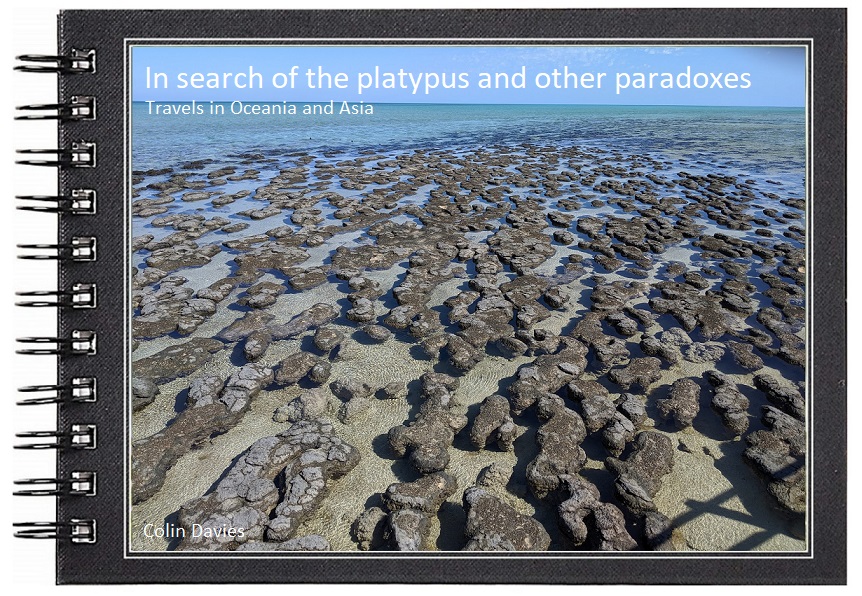 |
| Photo: New Holland Honeyeater. |
New Holland honeyeater can be a very common species from Sydney to Port Lincoln and beyond. This is one of my favourite honeyeaters, a very noisy and gregarious species!
White-cheeked honeyeater at the extreme northern edge of its range on Fraser Island, Queensland.
Bottlebrush sp. flowering in Queensland in June. I think that this is yellow callistemon Callistemon pallidus.
Acacia longifolia coastal wattle a species native to south east Australia.
Blue-faced honeyeater is one of the largest honeyeaters and as well as nectar, it also feeds on invertebrates and even nestlings.
Brown honeyeater is one of the finest singers and one of the most widespread members of the family.
Singing honeyeater photographed near Port Lincoln, one of the most widespread members of the family and the common honeyeater in Perth and Freemantle.
Varied honeyeater, Palm Cove, QLD.
Mangrove honeyeater, an east coast speciality. Photographed on Fraser Island.
Dusky honeyeater.
White-throated honeyeater
Lewin's honeyeater
Tawny-crowned honeyeater on heathland at Whalers Way, SA. This species has a display flight similar to a Eurasian skylark, though the birds I saw didn't fly so high.
Spiny-cheeked honeyeater photographed in Port Lincoln.
Brown-backed honeyeater, photographed at Daintree.
White-plumed honeyeater, the common honeyeater in Melbourne.
White-plumed honeyeater.
Yellow-faced honeyeater, Phillip Island, Melbourne.
Scarlet honeyeater, Fraser Island, QLD.
Scarlet honeyeater.
Crescent honeyeater, Blue Montains, NSW.
Australian chats are a group within the honeyeater family and white-fronted chat is the commonest in the south. I found these to be particularly numerous on Rottnest Island near Perth, and the Western Treatment Plant, at Werribee near Melbourne.
Miners are also honeyeaters and this is the commonest of the lot, noisy miner, a common bird of cities and towns on the east and south east coast.
Bell miner in Melbourne Botanical Gardens.
Little wattlebird.
Red wattle bird.
Bellbird is a New Zealand endemic honeyeater, not to be confused with the bell miner of Australia which is also sometimes called bell bird.
The only other living species of New Zealand honeyeater is the the endemic Tui.





































No comments:
Post a Comment